Get a prescription for an antifungal cream
![]() Response time: 1-2 working days
Response time: 1-2 working days
- Consults by board-certified dermatologists just $39-$59
- Service available in all 50 states
- Choice of generic or compounded formulas

Why get a prescription for an anti-fungal cream via Miiskin?

You pay $30 for a consult as an existing patients and $59 for new patients.

Get a prescription from an independent, board-certified dermatologist.

Get a compounded formula for hard-to-treat or persistent fungal infections.
What are fungal infections on the skin?
Fungal infections on the skin are caused by fungi on the skin that thrive in warm, moist environments. These infections typically present as red, itchy, scaly, or discolored patches with well-defined edges. Some, like ringworm, may form circular, ring-like patterns, while others, like yeast infections, appear as moist, inflamed areas with smaller satellite lesions. Fungal infections are contagious and can spread through direct contact or shared items, but they are generally treatable with antifungal creams, powders, or oral medications for more severe cases.
What are the different types of fungal infections?
Athlete’s Foot
Dermatophyte infection that affects the feet, often between the toes.
Symptoms: Itching, redness, peeling, and scaling.
Jock Itch
Dermatophyte infection that affects the groin, inner thighs, and buttocks.
Symptoms: Red, itchy, ring-like rash with a scaly border.
Ringworm
Dermatophyte infection that affects the body (arms, legs, torso).
Symptoms: Circular, red, scaly patches with raised edges.
Scalp Ringworm
Dermatophyte infection that affects the scalp and hair shafts.
Symptoms: Scaly patches, hair loss, black dots, and sometimes pus-filled bumps.
Beard Ringworm
Dermatophyte infection that affects the beard area.
Symptoms: Red, inflamed areas or pustules, sometimes mimicking bacterial folliculitis.
Onychomycosis
Dermatophyte infection that affects the nails, very hard to treat.
Symptoms: Thickened, brittle, discolored nails.
Yeast infections
Affects moist areas under the breasts, armpits, groin, and between skin folds.
Symptoms: Red, itchy rash with a moist appearance and (small bumps around the rash).
Tinea Versicolor
Tinea versicolor is caused by the malassezia yeast.
Symptoms: Discolored patches (lighter or darker than surrounding skin), often on the chest, back, or shoulders, with mild scaling.
Seborrheic Dermatitis
Seborrheic Dermatitis is also caused by the Malassezia yeast.
Symptoms: Greasy, yellowish scaling and redness, typically on the scalp, face, and chest.
A seamless teledermatology + pharmacy experience
Miiskin has partnered with Foothills Pharmacy to deliver compounded medications directly to your doorstep.
Fungal infections (especially nail infections) can become chronic and difficult to treat. In some cases, standard treatments aren’t enough. If you’re dealing with a persistent fungal infection, choosing Foothills Pharmacy gives you access to specialized compounded formulas designed for hard-to-treat cases.
You can order your medication through the Miiskin platform. Foothills Pharmacy will send you a payment link, and once payment is completed, your medication will be shipped to you free of charge.
Most customized Foothills formulas are $48.99, with a few advanced formulas priced at $58.99.
Important Disclaimer: Compounded medications are not reviewed by the FDA for safety or efficacy.
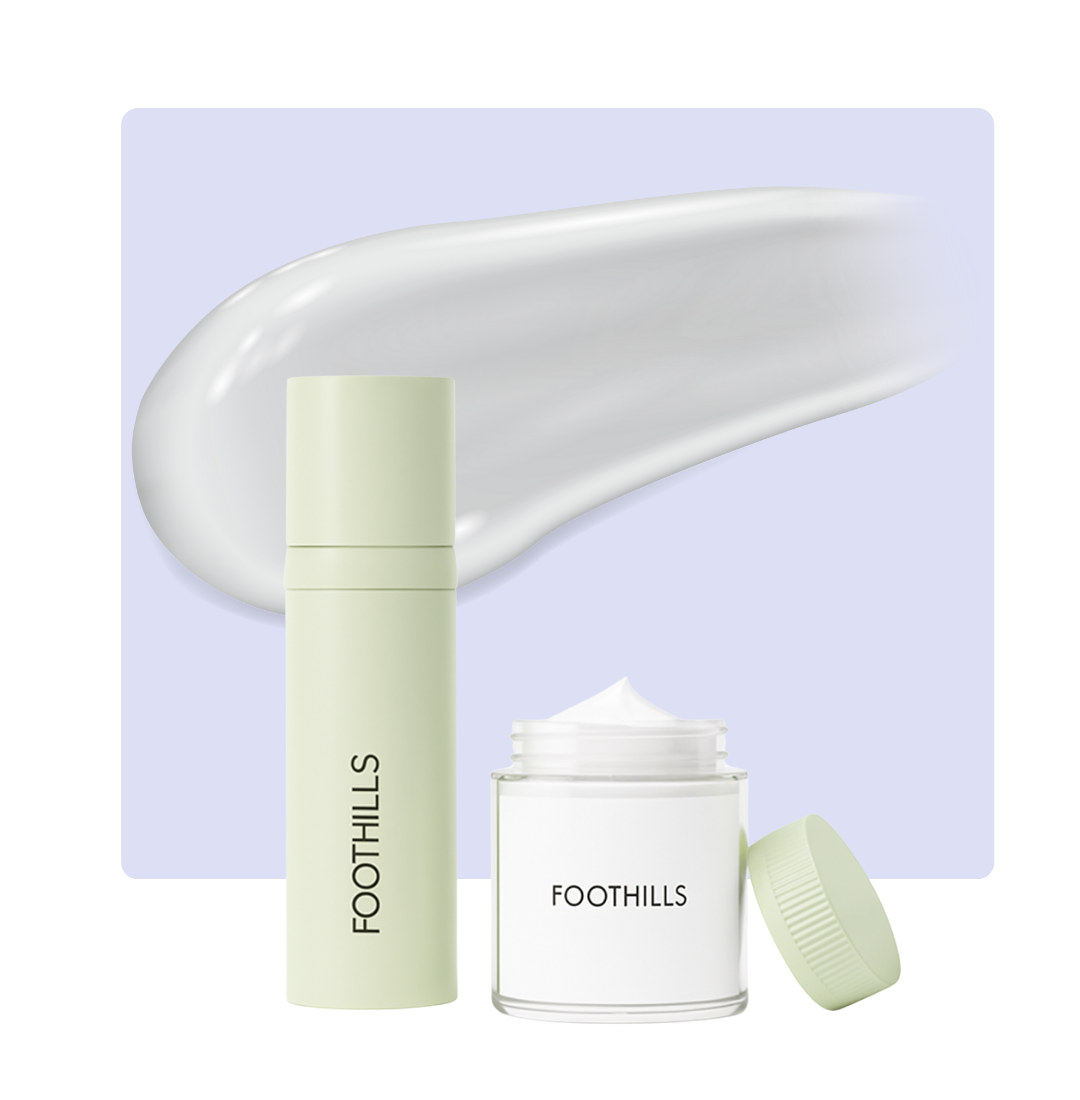
What medications are commonly prescribed for fungal infections on the skin?
The medication your dermatologist will prescribe, depends on the type of fungus you have.Broadly speaking there are two types of skin fungal infections: yeast infections and dermatophyte infections. Dermatophyte infections are colloquially referred to as “ringworm” and yeast infections are often referred to as “intertrigo.”
For dermatophyte infections (ringworm)
Topical terbinafine

Oral terbinafine
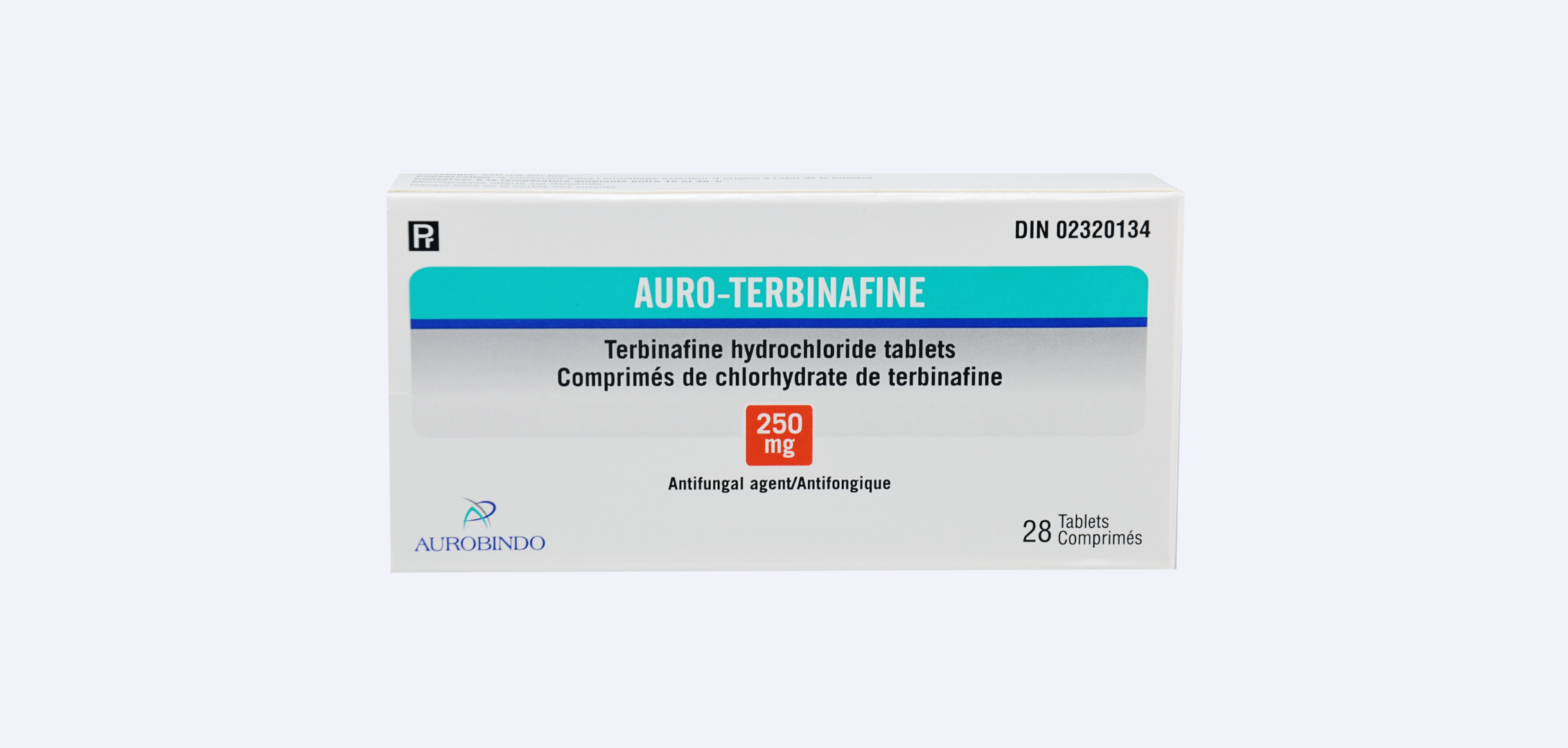
Butenafine
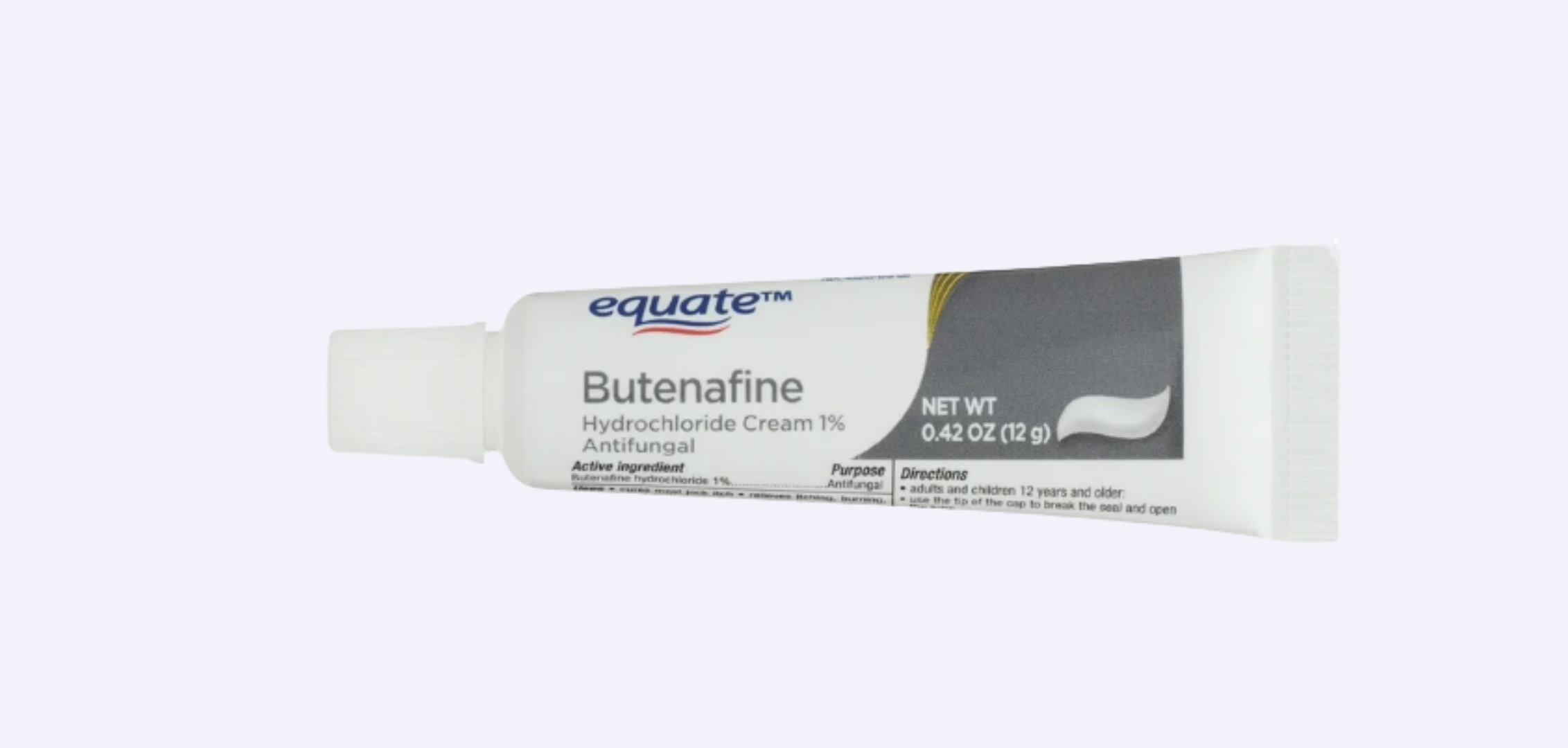
For yeast infections
Ketoconazole
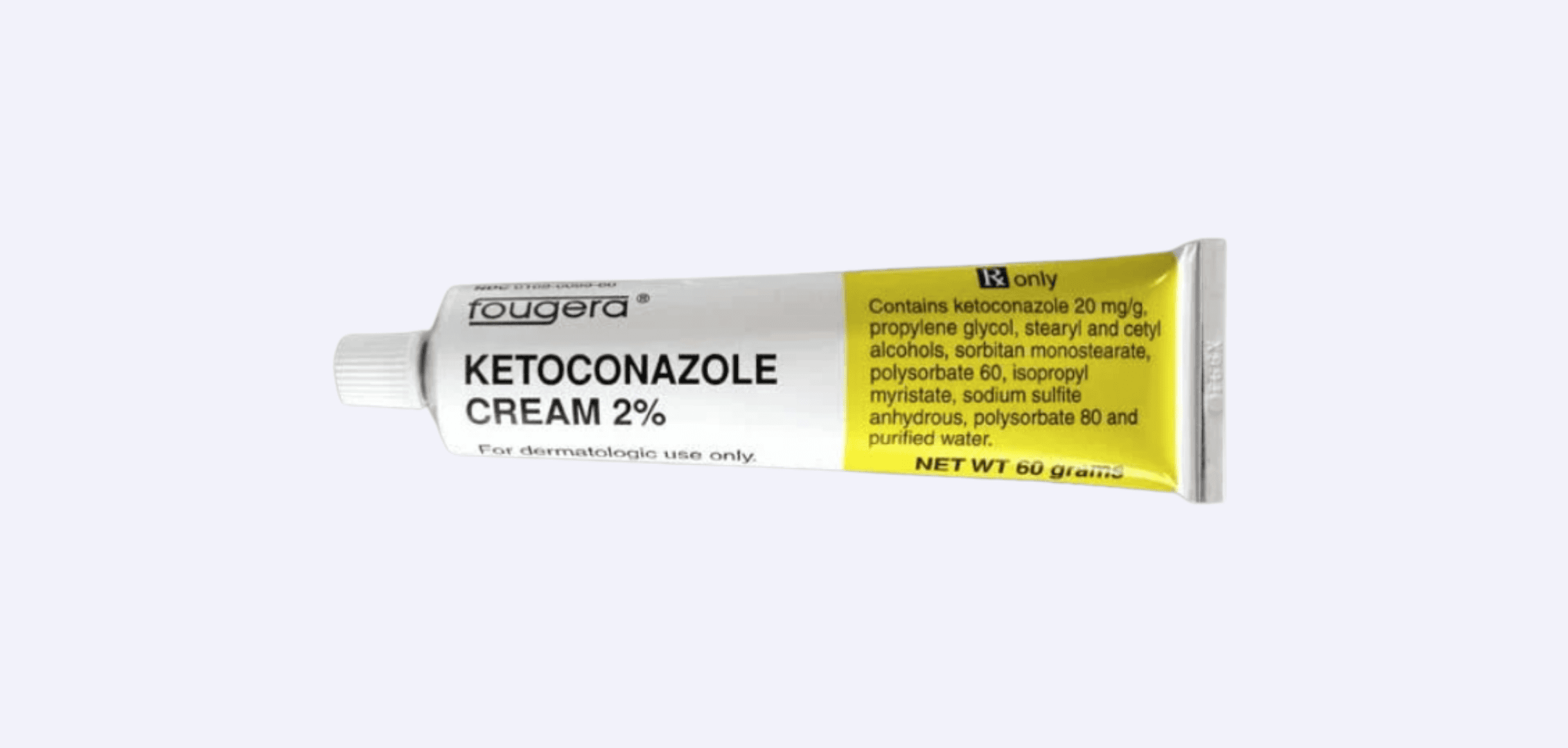
Econazole

Fluconazole

For fungal nail infections
Oral terbinafine

Fluconazole

Itraconazole
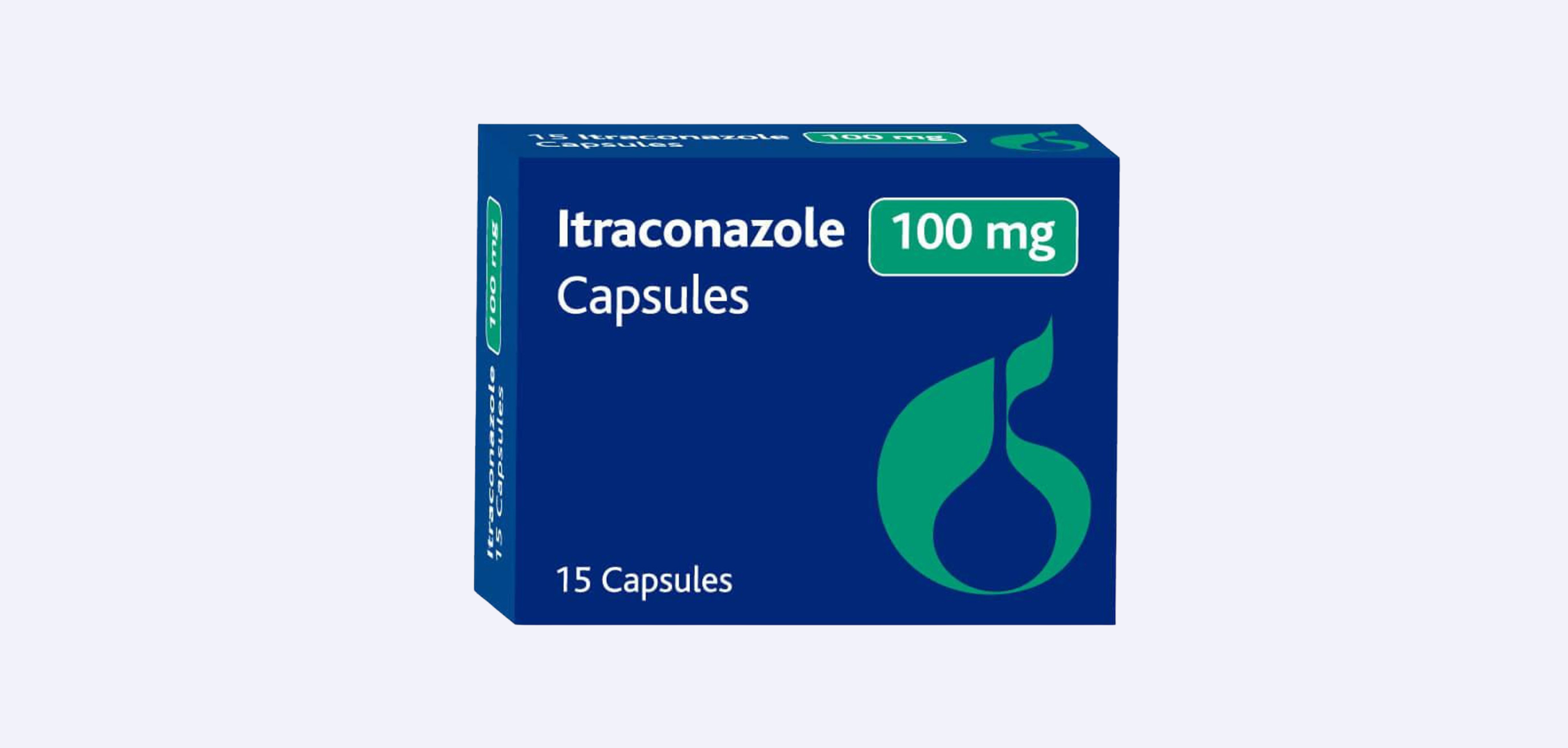
How can I get a prescription for an anti-fungal cream?
Do I need a prescription for a fungal infection on the skin
If you have tried an over-the-counter cream and you did not respond to it, you probably need a prescription.
How can I get an online prescription for an anti-fungal cream or tablets?
You can have an online consultation with dermatologist via Miiskin. They will evaluate your photos and your symptoms will write you a prescription. First time consultations are $59 and prescription renewals are $30.
How to get my antifungal prescription?
To simplify things, you can choose Foothills as your preferred pharmacy and once your dermatologist issues your prescription, you can order it via Miiskin. Once payment is processed, Foothills will ship your medication.
Most Foothills formulas range from $48.99 – $68.99.
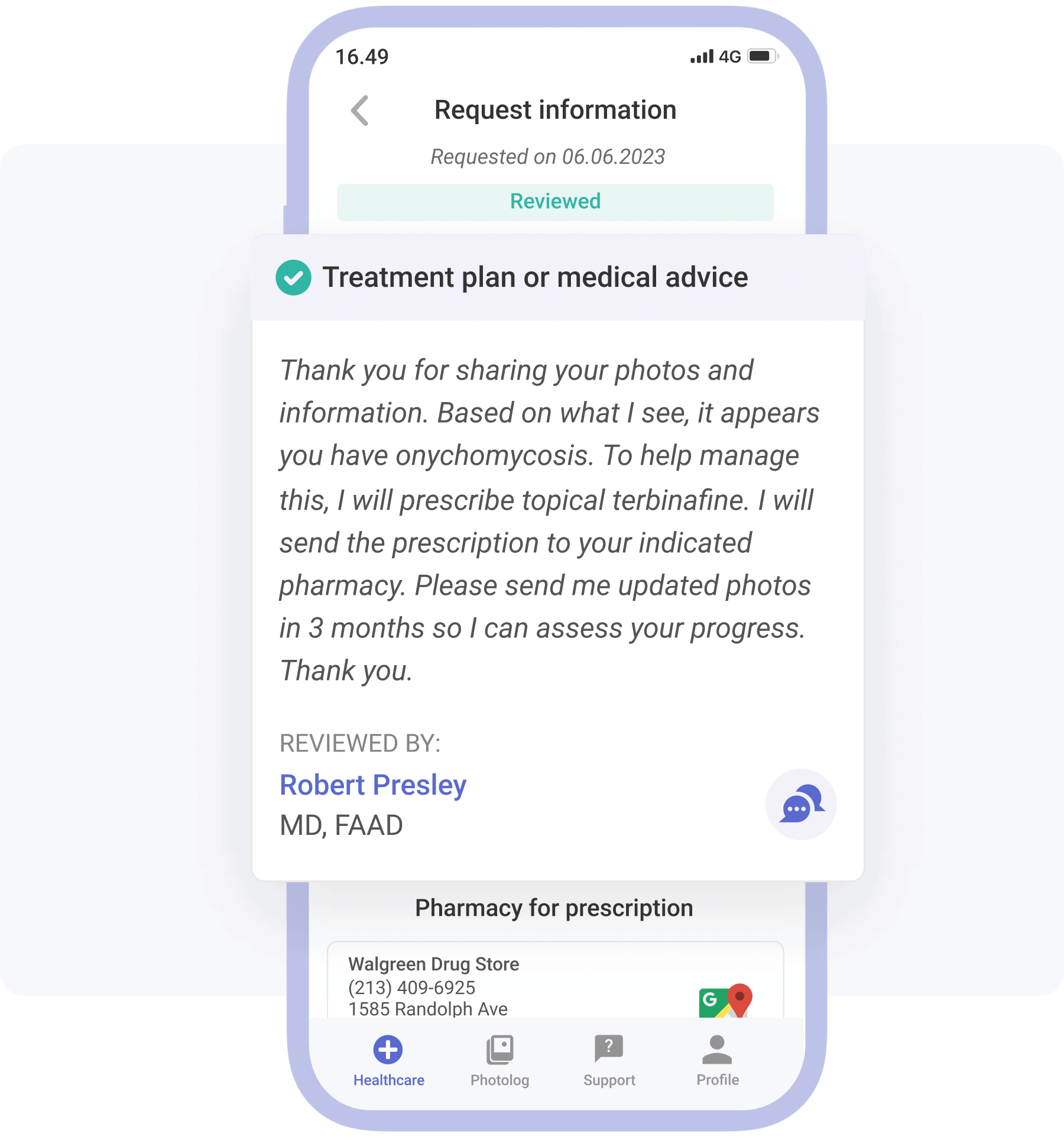
Meet the board-certified dermatologists
You’re in expert hands – Miiskin’s dermatologist partners have completed more than 50,000 virtual consultations.

Dr. Anna Chacon
Dermatologist
Licenses: 50 U.S. states

Dr. Ryan Trowbridge
Dermatologist
Licenses: CA, CT, NY, TX, NE, IL.

Dr. Amit Om
Dermatologist
Licenses: NC, SC, FL, GA, IL, CT, TX, CA.

Dr. Eric Howell
Dermatologist
License: North Carolina.

Dr. Sarita Nori
Online Dermatologist
Licenses: FL, MA, TX, NH, CT, ME.
Provider & Prescription Information
Miiskin connects patients with independent dermatologists who provide care through their private practices. Compounded prescriptions can be ordered via Miiskin and are dispensed by Foothills pharmacy. Standard medications can be issued for any local pharmacy.
How are fungal infections diagnosed?
According to board-certified dermatologist Ryan Trowbridge, fungal infections are among the most commonly misdiagnosed and mistreated skin conditions. Many conditions, such as eczema and psoriasis, can closely resemble fungal infections, leading to diagnostic challenges. Even when the diagnosis is correct, inappropriate treatment is often selected due to the prescriber’s limited knowledge on the different antifungal medications and their specific applications.
Dr. Trowbridge says that the diagnosis of a fungal infection can often be made based on a visual evaluation alone, provided the evaluator has extensive training and knowledge of the appearance of fungal infections and their common mimics. A board-certified dermatologist with telemedicine expertise can use clinical images and patient history to make an educated diagnosis. In some cases, this may be confirmed with tests like microscopic examination of skin scrapings, histopathology, culture, or molecular studies, though these may increase costs and take longer.
Fortunately, antifungal medications are safe to use which is why treatment can often be initiated without laboratory confirmation if the provider is confident in the diagnosis.
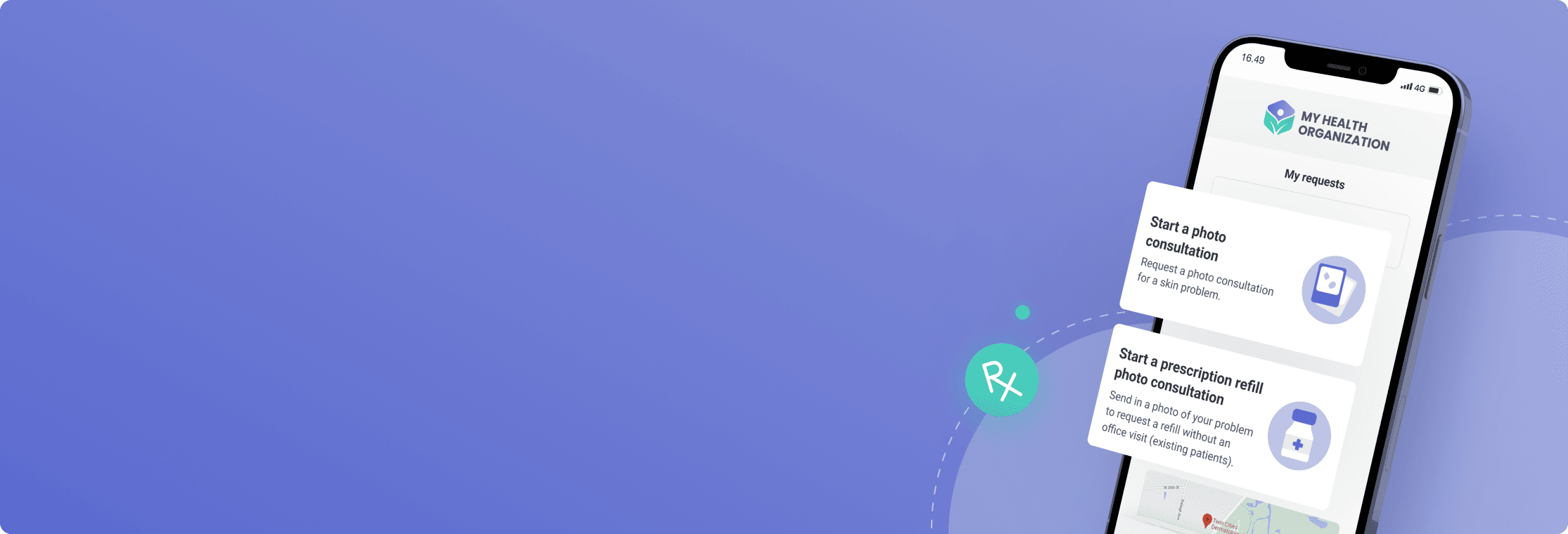
How does it work?
- Start consultation to get a diagnosis and treatment for your fungal infection.
- Get an answer from an online dermatologist in your state.
- Buy your medication at a pharmacy nearby and start treatment.

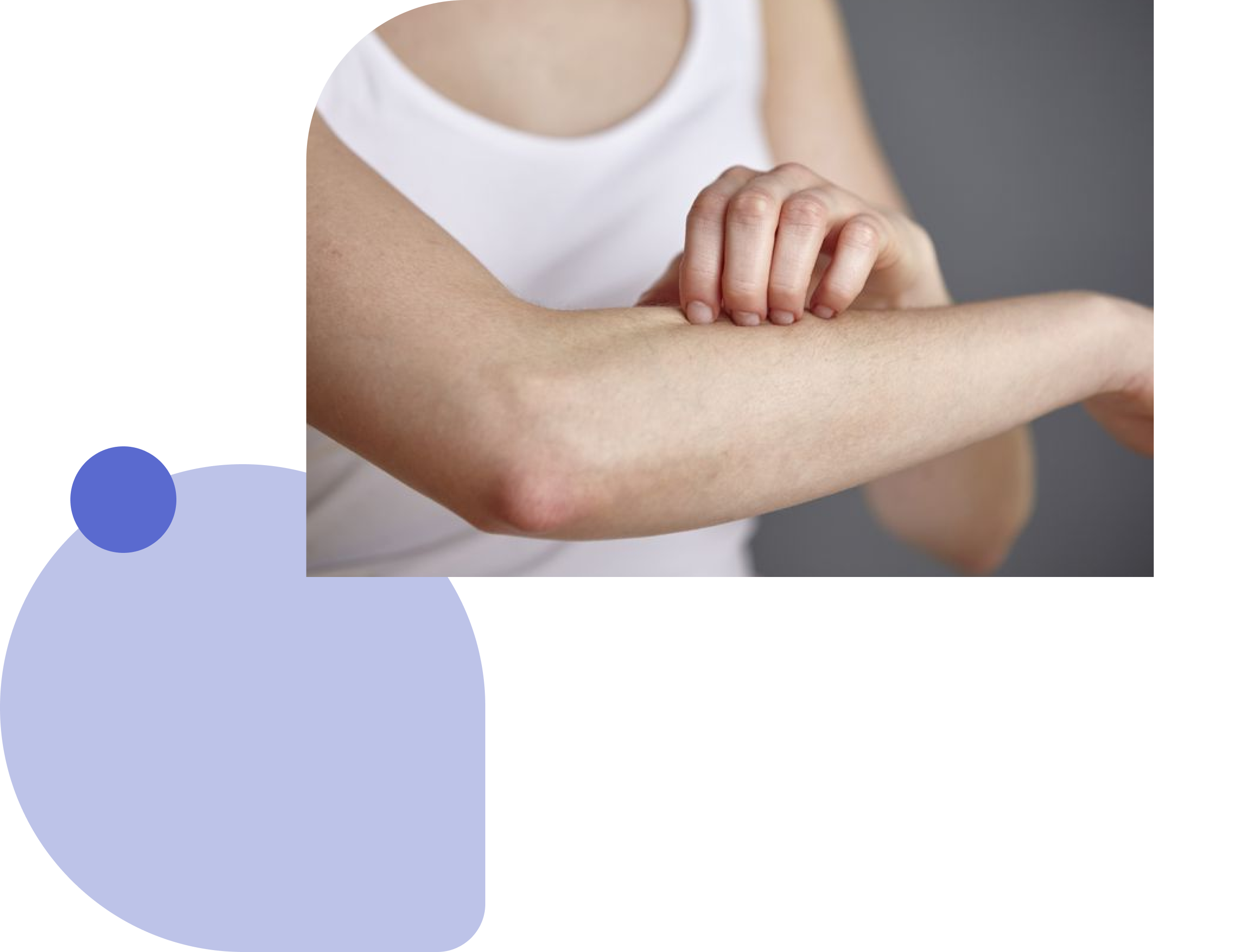


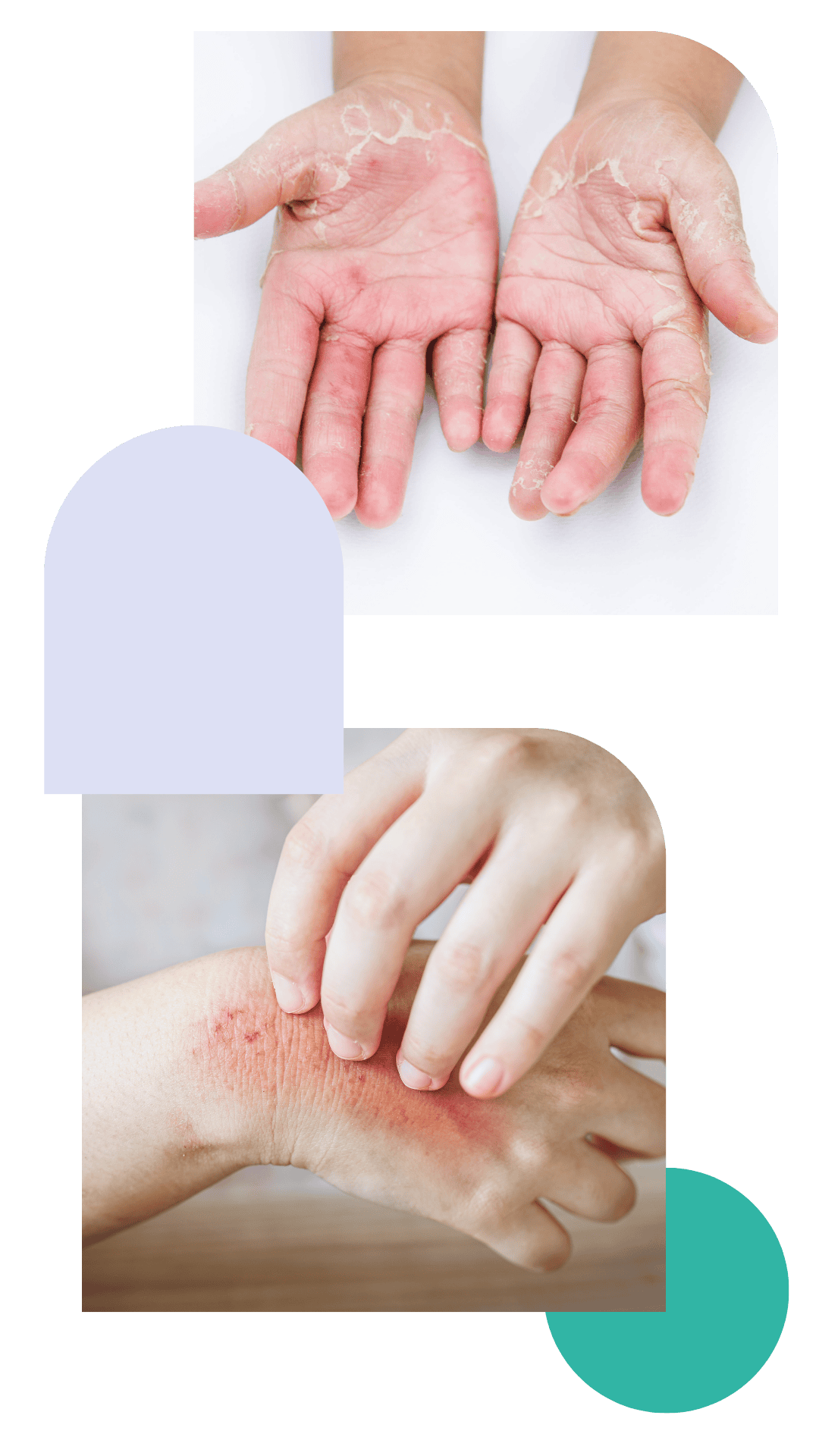
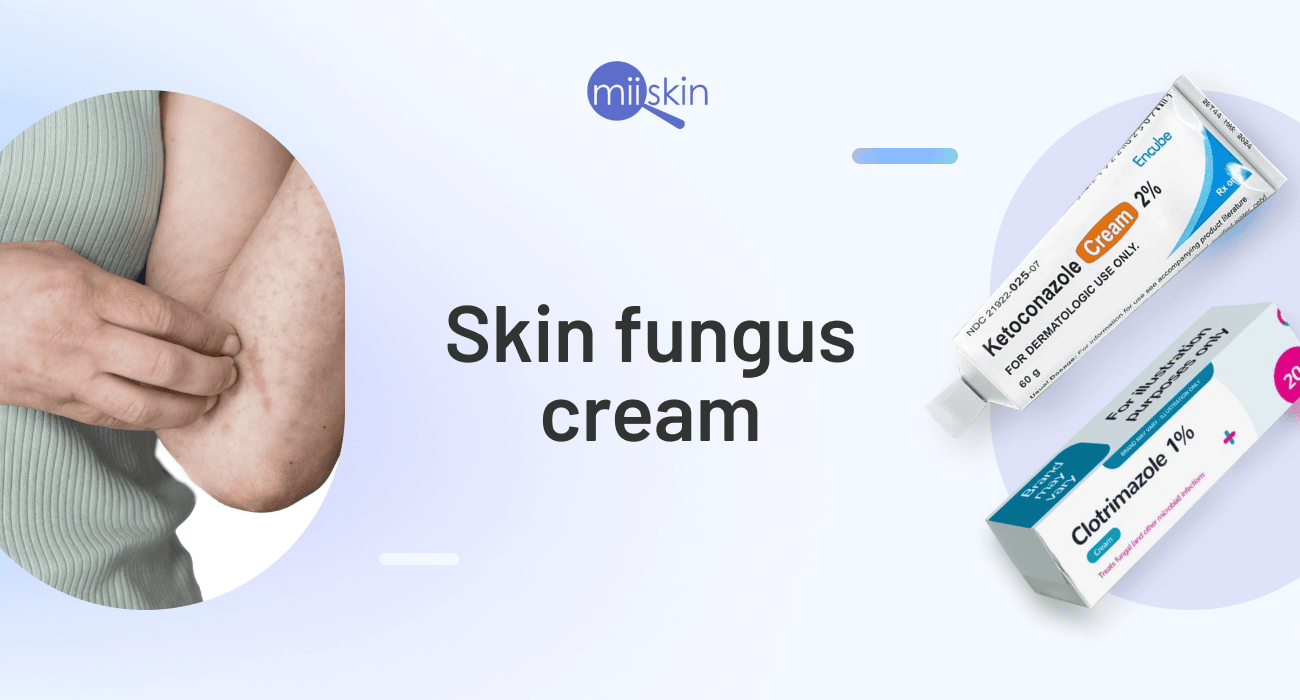

 Do you want a prescription for fungal infection?
Do you want a prescription for fungal infection?